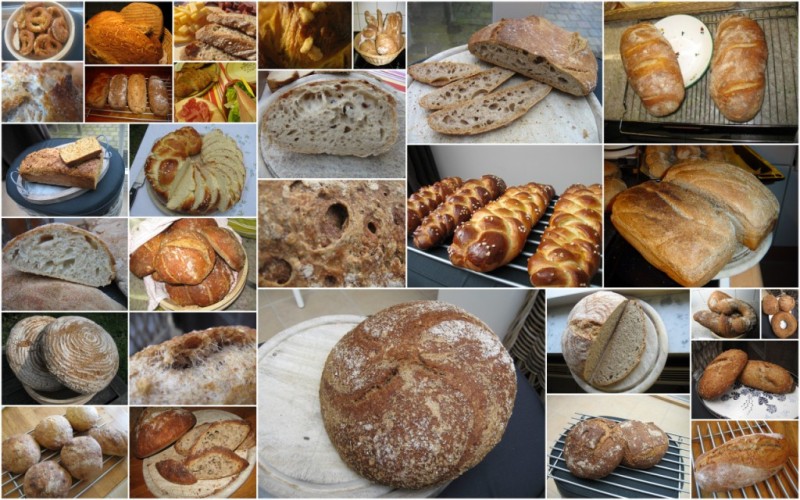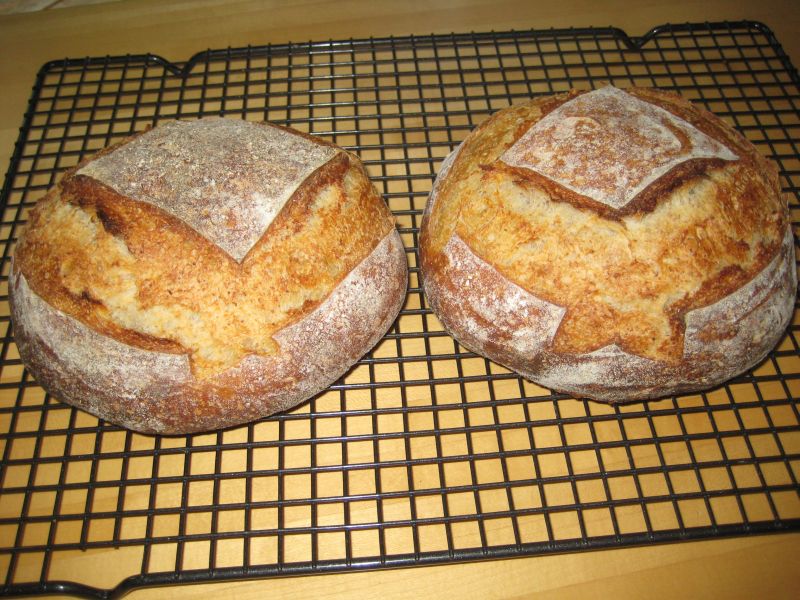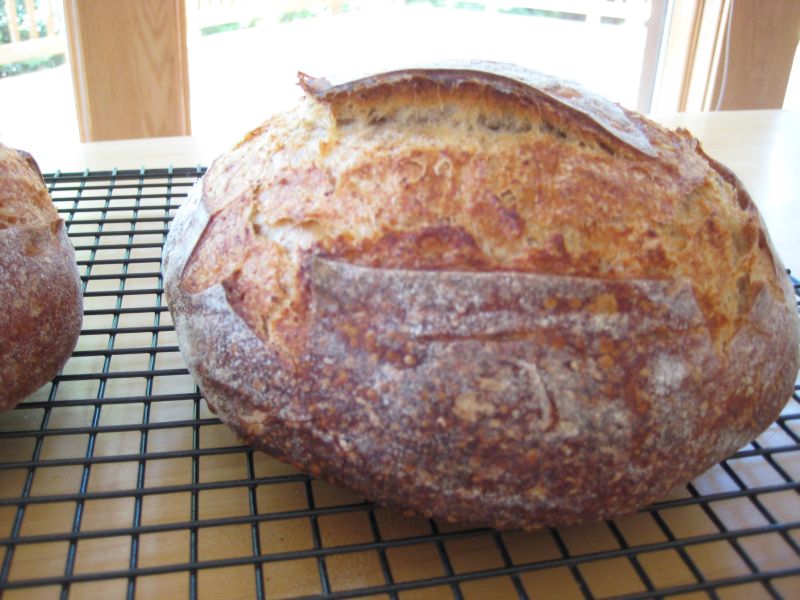breadcollage
I've been far and away, hence a lot less active on TFL. That will change again soon. I received 'Crust and Crumb' in the mail (wanted to buy it in a store in the US, no such book available). This is a serious book, I really enjoy reading the first chapters. It is the mise-en-place before the actual work start in the rest of the book.
I updated my breadcollage, which I use to ask people to 'read' before they can pick a bread for me to bake.

In case you like to know: the questions I ask:



